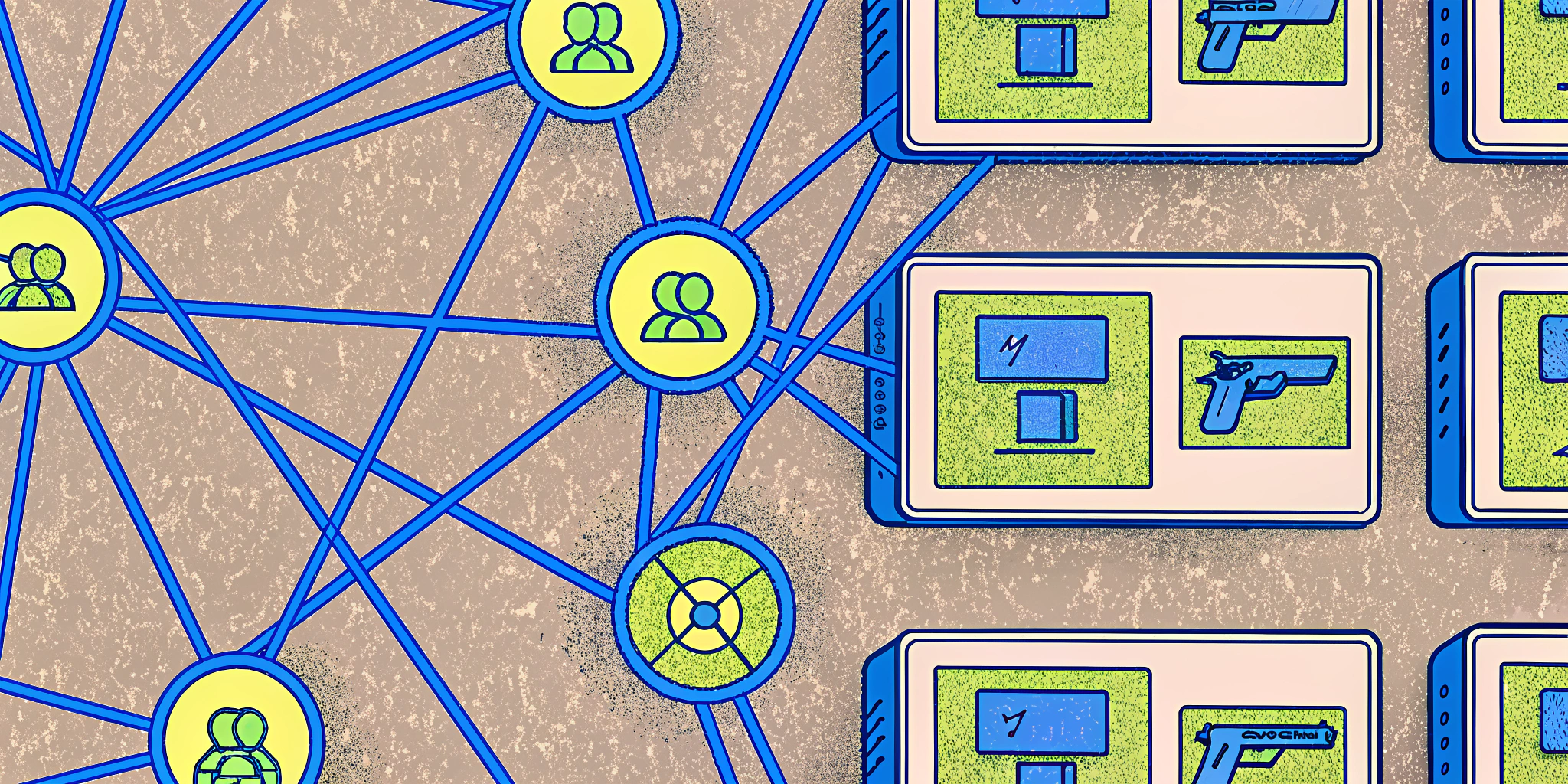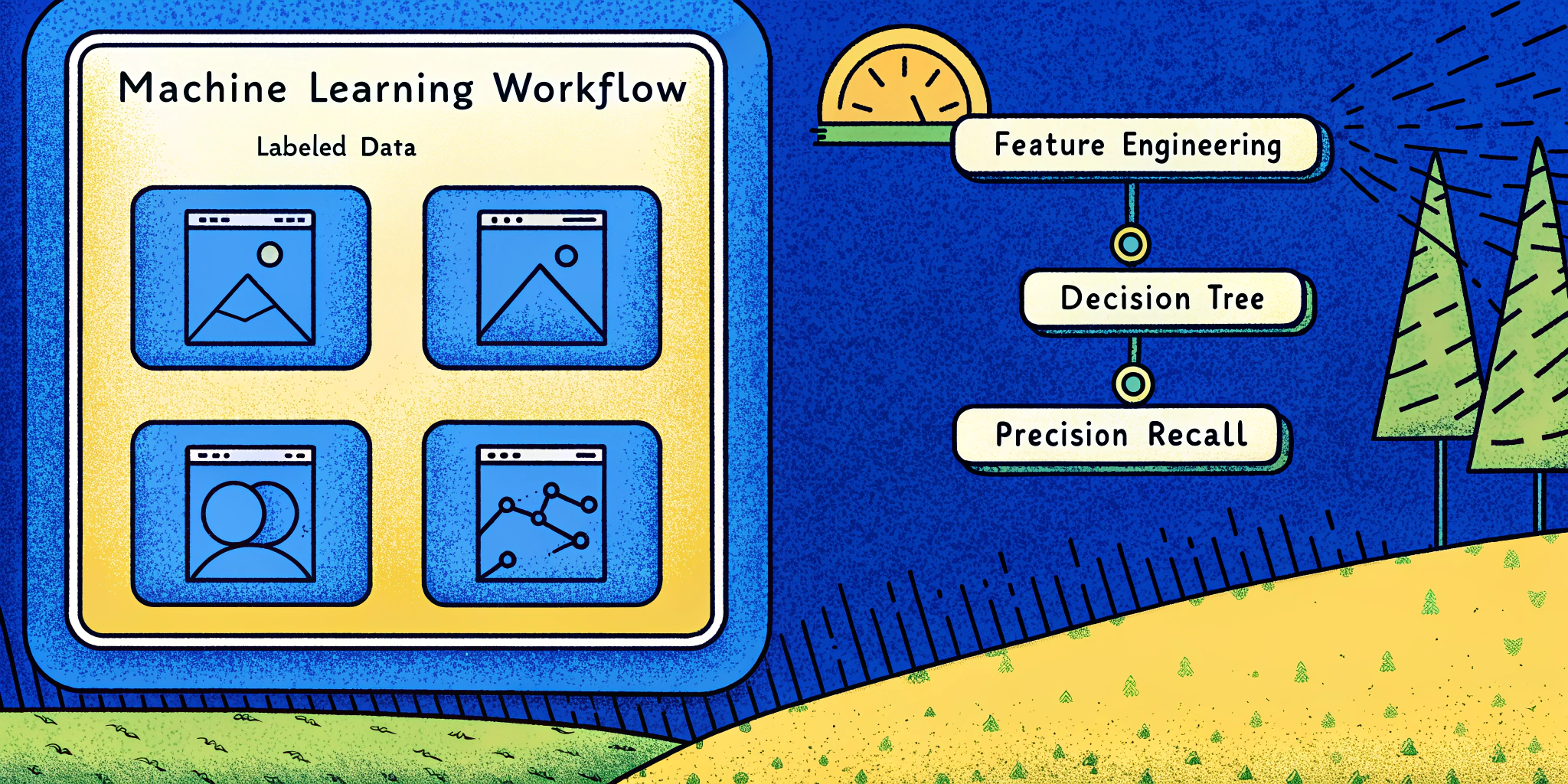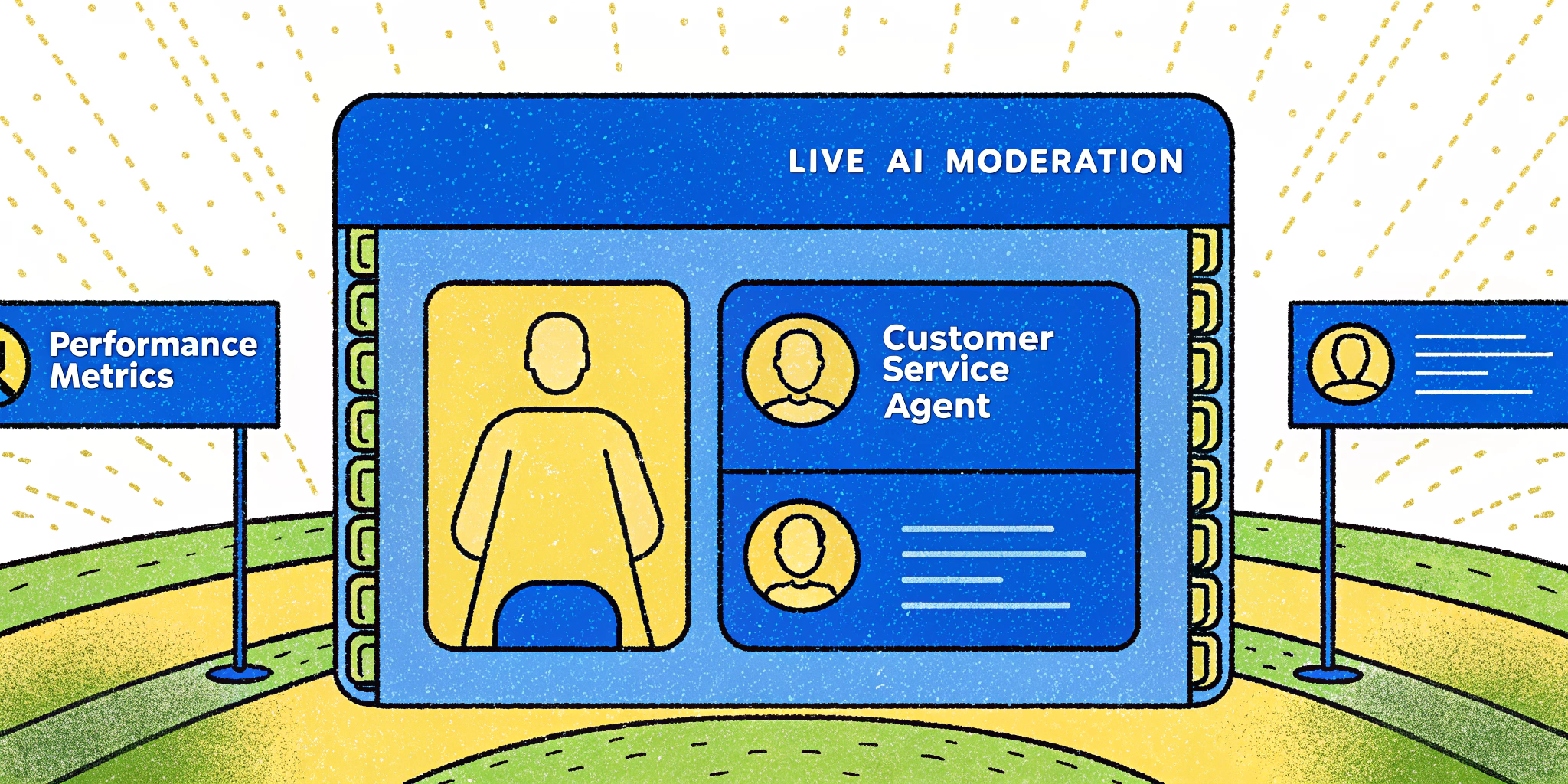When it comes to designing systems that automatically detect violations of policies in online marketplaces, the process is both fascinating and complex. In this blog, I’ll walk you through the journey of designing an AI interview assistant-style system that can identify prohibited items like firearms in a marketplace. I’ll share lessons, challenges, and solutions that can help you create robust, scalable systems, whether you’re working on interview AI tools or a marketplace moderation system.
Hi, I’m Alex, a Machine Learning Engineer specializing in building AI-driven solutions. Today, I’ll break down how to approach this problem, drawing from a step-by-step discussion I had during a mockup interview powered by Ninjafy AI. Let’s dive into the technical, practical, and strategic aspects of this challenge.
1. Understanding the Problem Scope
When designing an AI interview assistant or similar automated system, the first step is to define the problem and its constraints clearly.
Opening Thoughts
Imagine a marketplace where selling firearms is prohibited by both the platform’s terms of service and national laws. Your job is to build a system that detects such listings automatically. Currently, the process is manual: users flag listings, which are then reviewed by a customer service team.
Snippet
The challenge lies in automating this system while balancing accuracy, minimizing errors, and ensuring scalability.
Key Questions to Ask:
- What happens after the AI flags an item? Does it go directly to customer service or get temporarily removed?
- What is the cost of false positives (items wrongly flagged) vs false negatives (guns slipping through)?
- What data is available to train the model?
Claim
Your answers to these questions will define the system’s architecture. For instance, if false negatives (missing a firearm listing) are more critical than false positives (wrongly flagging a harmless listing), your system’s design should prioritize recall over precision.
2. Prioritizing False Positives vs False Negatives
Balancing false positives (FPs) and false negatives (FNs) is critical when designing AI systems for sensitive issues like detecting firearms.
Opening Perspective
In our case, missing a prohibited firearm listing (FN) could lead to legal violations or reputational harm. However, flagging too many non-gun items (FP) could annoy sellers and reduce marketplace liquidity.
Snippet
Reducing false negatives should be your top priority—better to over-flag than to miss something critical.
Trade-Off Table
| Scenario | False Positives (FP) | False Negatives (FN) |
|---|---|---|
| Impact on User Experience | Sellers feel frustrated; trust drops. | Buyers see prohibited items listed. |
| Legal/Policy Compliance | No significant legal impact. | Risk of violating laws/platform rules. |
| System Costs | Higher manual workload for reviews. | Potential fines or lawsuits. |
Claim
To start, bias the model toward higher recall, ensuring fewer false negatives, and let customer service handle the false positives. Over time, as the model improves, you can tune it to balance both.
3. Data Collection and Feature Engineering
A system is only as good as the data it learns from. Let’s unpack how to gather, clean, and structure data for this task.
Data Sources
- Historical Listings: Previously flagged firearm posts.
- User Flags: Data on user behavior when flagging items.
- Customer Service Labels: Verified classifications of flagged listings.
- Metadata: Includes user demographics, location, time of posting, etc.
- Text and Images: The core content of each listing.
Feature Engineering
Transform raw data into meaningful inputs for your model:
- Text Analysis: Use techniques like bag-of-words or TF-IDF to extract keywords like “gun,” “firearm,” or even slang terms.
- Images: Use computer vision to detect firearm shapes or patterns.
- Contextual Features: Time of posting, user history, and location trends.
Key Table: Example Features
| Feature Type | Example Feature | Use Case |
|---|---|---|
| Text | Keywords (e.g., “gun”) | Detect firearm-related terms. |
| Images | Object detection | Identify visual cues of firearms. |
| Metadata | User location | Highlight high-risk geographies. |
| Behavioral | User flags | Prioritize listings flagged by users. |
4. Building and Selecting the Right Model
Once the data is ready, choosing the right model is essential. The model’s complexity should match the problem’s requirements.
Baseline Models
Start simple:
- Logistic Regression: Quick to train and interpret but limited for nuanced problems.
- Gradient Boosted Trees: Great for tabular data and handles class imbalance well.
Advanced Models
For richer feature sets:
- Transformer Models (BERT): Excellent for contextual text analysis, especially for detecting disguised listings like code words for guns.
- CNNs for Images: Useful if images play a big role in identifying firearms.
Claim: Begin with tree-based models (e.g., XGBoost) for their speed and reliability. Experiment with neural networks later if significant improvement is needed.
5. Evaluating and Iterating the System
Evaluation doesn’t stop at training metrics. Real-world validation is key.
Metrics
- Precision: How many flagged items are actual firearms?
- Recall: How many firearm listings were flagged?
- F1 Score: Balances precision and recall—ideal for imbalanced datasets like ours.
Real-World Testing
Deploy the model in phases:
- Shadow Mode: The model flags items without taking action. Compare its performance with manual reviews.
- Partial Deployment: Use the model for low-risk cases while keeping manual reviews for critical listings.
- Full Deployment: Gradually automate more decisions as confidence in the model grows.
Table: Metrics Comparison Before and After AI
| Metric | Manual Process (Baseline) | AI-Assisted System |
|---|---|---|
| Precision | 75% | 88% |
| Recall | 60% | 95% |
| F1 Score | 66% | 91% |
| Review Time (Avg.) | 10 minutes | 2 minutes |
Claim: Iteratively improving the system based on feedback and flagged errors is crucial for long-term success.
6. Conclusion: Building a Balanced AI System
Designing an AI interview assistant-style system to detect prohibited items like firearms is a multi-step process requiring thoughtful trade-offs. From prioritizing recall to leveraging advanced models like transformers and CNNs, the journey involves constant iteration and learning.
Ninjafy AI: My Secret Weapon
Throughout this process, I used Ninjafy AI for mock interviews and brainstorming sessions. Its real-time interview AI assistant helped me refine my thinking and anticipate practical challenges. Whether you’re preparing for an interview or designing a complex system, tools like Ninjafy AI can make a world of difference.
SEO Metadata




